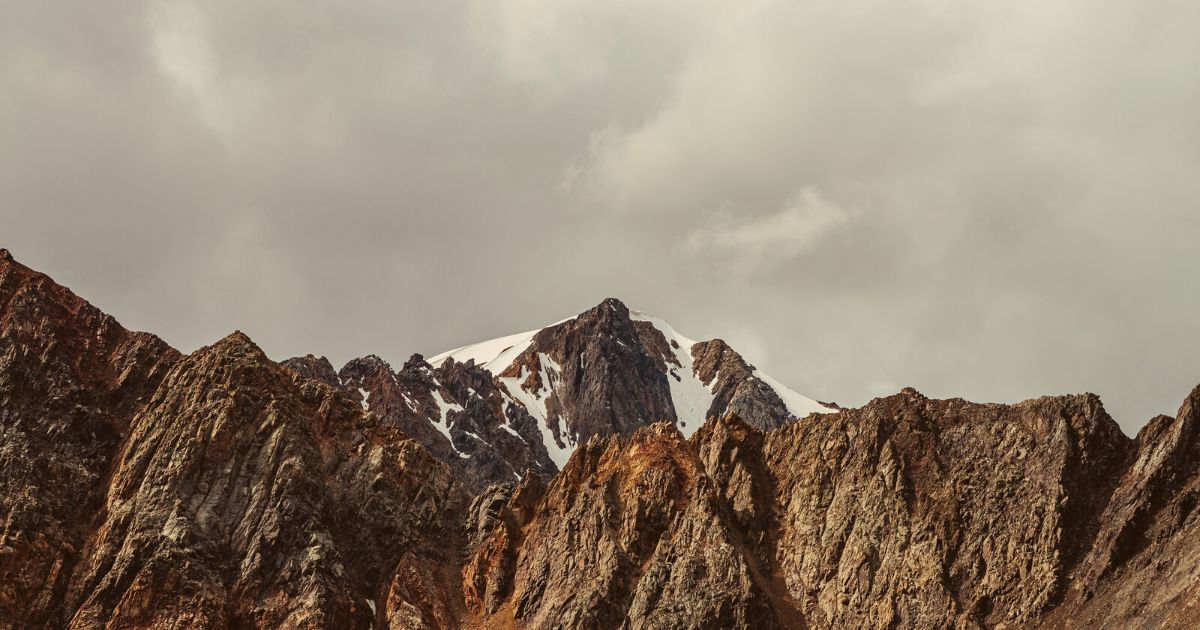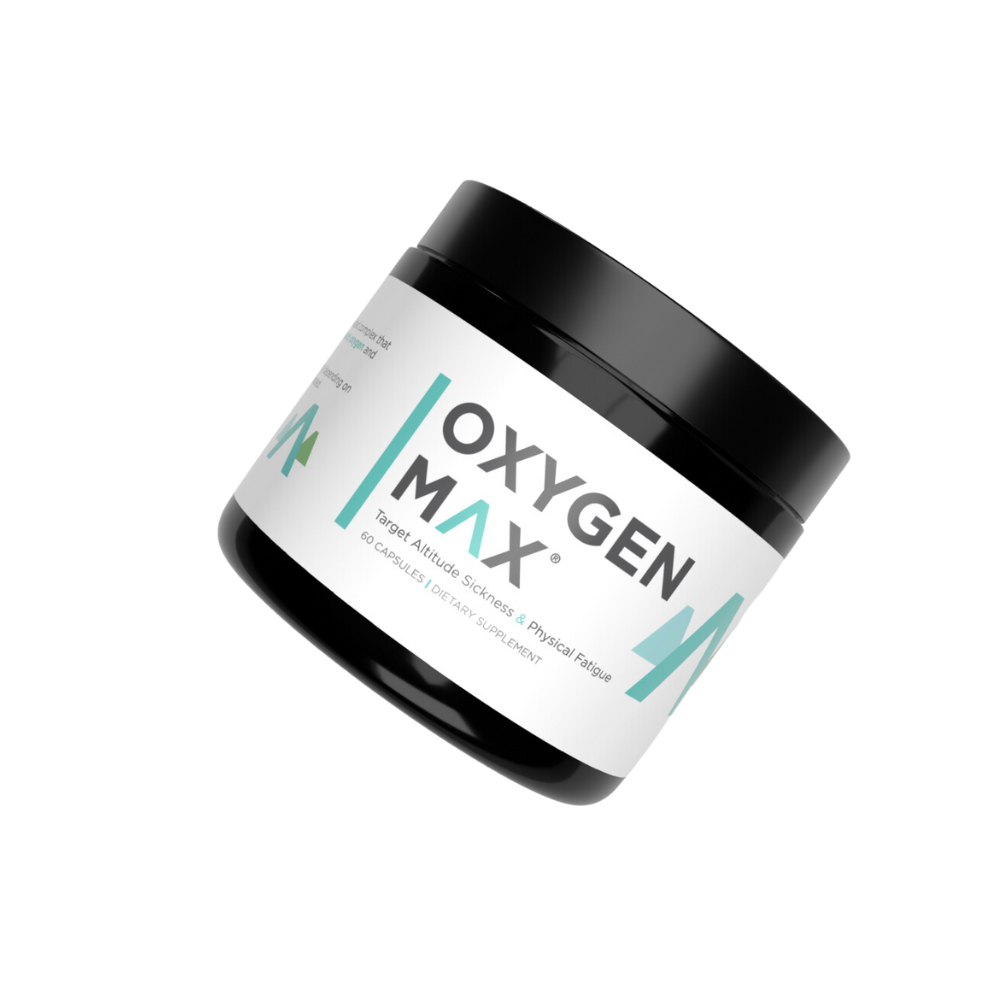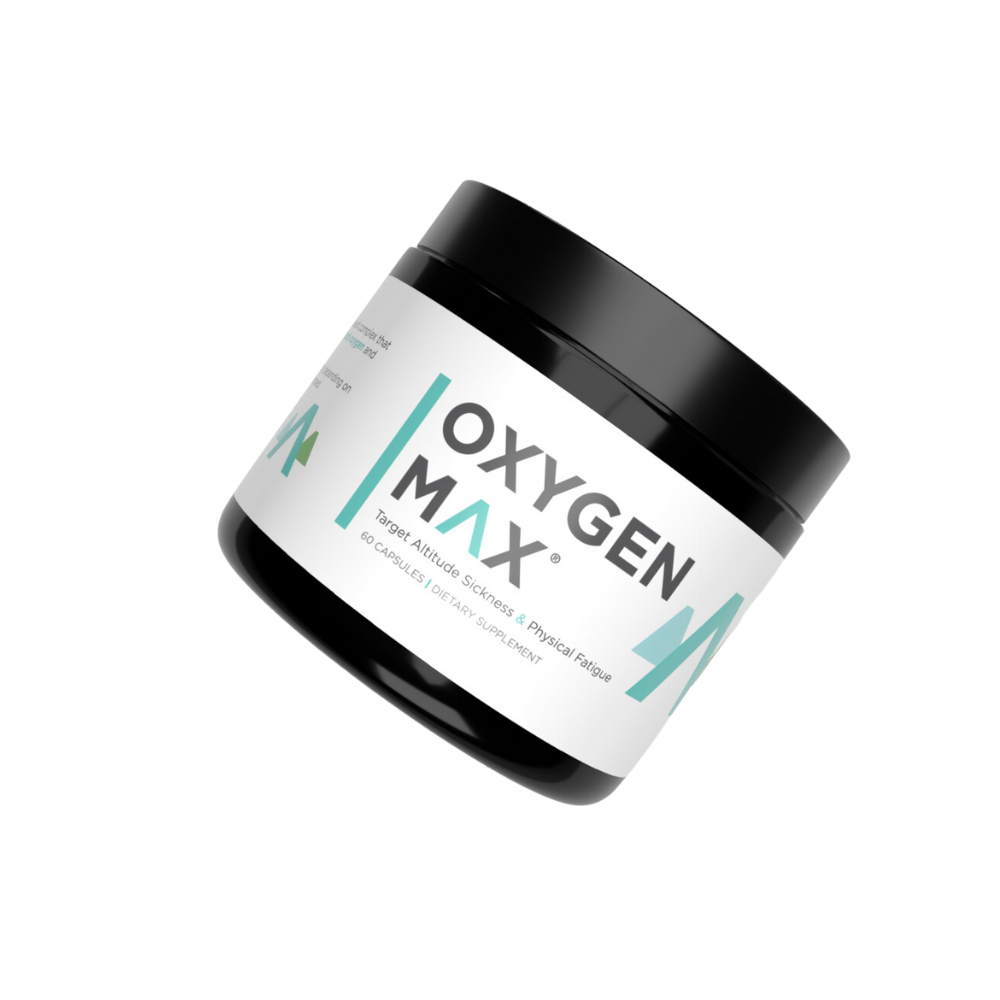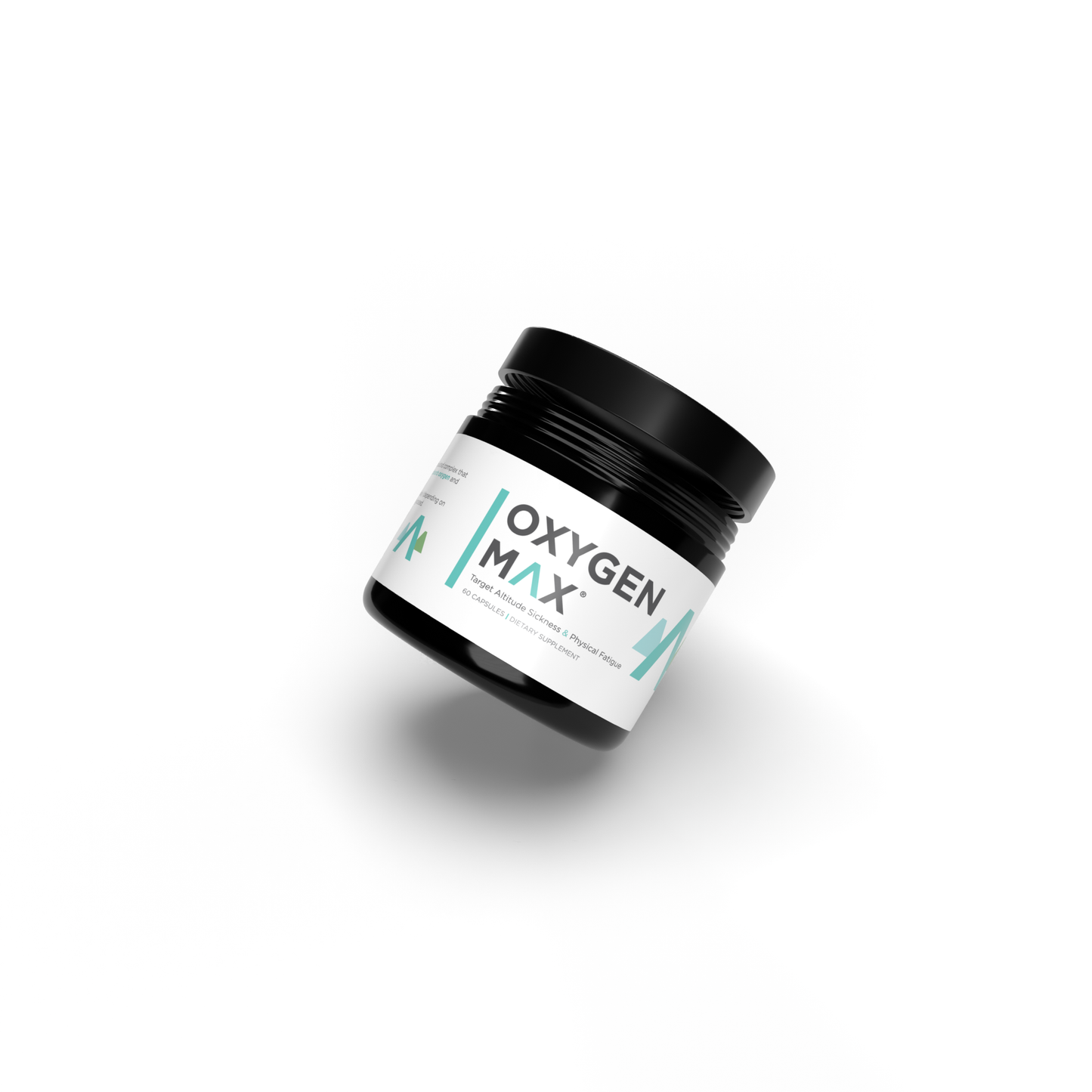Table of Contents
Altitude Sickness and How to Deal with It
Altitude Sickness, also known as Acute Mountain Sickness (AMS), is a non-deadly condition that occurs when traveling from lower altitudes to higher altitudes, generally above 8000 feet. It’s crucial to understand what causes altitude sickness, how to avoid it, and how to prevent it. This post covers everything you need to know about AMS and answers some of the most common questions we receive.
Facts about Altitude Sickness
- Causes: Altitude sickness is generally caused by the decrease in oxygen molecules per breath when you go from lower altitudes to above 8000 feet.
- Individual Differences: Altitude affects everyone differently and greatly depends on a person’s age, weight, blood pressure, and fitness level.
- Common Symptoms: The most common cause of Altitude Sickness is a minor headache.
- Misdiagnosis: Altitude Sickness is commonly mistaken for or may worsen with dehydration.
- Appetite and Energy: Altitude Sickness often causes a decrease in appetite and occasionally weakness.
- Risk Factors: Altitude Sickness is more common in people who reside below 3,000 feet.

What are Altitude Sickness Symptoms?
A proper diagnosis of altitude sickness will include one of the following symptoms alongside a headache:
- Lack of appetite, nausea, or vomiting
- Exhaustion, feeling sleepy, dizziness or weakness
- Pins and needles
- Shortness of breath
- Swelling of the hands, feet, and face
- Insomnia or Restlessness
If any of these symptoms occur, it’s best to decrease your altitude and see if they subside. Though altitude sickness itself isn’t deadly, high altitudes can cause Pulmonary Edema or Cerebral Edema.
What’s Good for Altitude Sickness? Prevention?
Descend: The most overlooked and obvious answer is to descend to a lower altitude. By going below 8000 feet, your body starts absorbing more oxygen molecules, and you will quickly begin to feel better.
Pure Oxygen: In specific instances, you may want to seek medical attention for pure Oxygen, especially in ski towns in Colorado, Wyoming, and Utah.
Painkillers: Acetaminophen and Anti-inflammatories such as Tylenol and Ibuprofen can help with headaches.
Altitude Sickness Canned Oxygen: This is not the same as pure Oxygen and is not the best option to help prevent Altitude Sickness, though it may offer quick relief.
Diamox and Acetazolamide: These are pharmaceutical grade narcotics originally designed for Epilepsy and other causes of seizures, now also used for Altitude Sickness.
Possible Side effects of Acetazolamide and Diamox: The side effect list is extensive, including irregular heartbeat, trouble breathing, skin rash, painful urination, yellowing of skin or eyes, nausea, vomiting, diarrhea, dizziness, frequent urination, appetite loss, numbness or tingling, and possible vision loss.
Altitude Sickness Natural Remedies, Herbal Remedies, and Supplements
Cordyceps Sinensis: Used by sherpas in the Himalayas, it increases oxygen molecule effectiveness in the body.
Ginkgo Biloba: Supports Altitude Sickness prevention by increasing arterial oxygen.
Coca Leaves: An effective natural remedy, though illegal in many countries.
Oxygen Max Natural Supplement: Designed to prevent Altitude Sickness and contains Cordyceps.

How to Avoid Altitude Sickness
- Avoid going above 8000 feet.
- Acclimate gradually by increasing altitude slowly and descending regularly.
- Stay hydrated days in advance.
What are Altitude Sickness Cures?
There are no cures for Altitude Sickness as it’s not a disease but a situational condition. The best strategy is prevention.
Extreme Conditions of Increased Altitude
Altitude Sickness vs Pulmonary Edema: Pulmonary edema, caused by heart complications, can be deadly and requires immediate medical attention.
High Altitude Pulmonary Edema (HAPE): HAPE is pulmonary edema caused by high altitudes and is different from regular pulmonary edema.
Altitude Sickness vs Cerebral Edema: Cerebral edema, swelling of the brain, is life-threatening and requires immediate medical attention.

Altitude Sickness – Understanding and Managing the Risks
Altitude sickness, or acute mountain sickness (AMS), is a condition that can occur when ascending to high altitudes, typically above 8,000 feet. Understanding its causes, symptoms, and management strategies is essential, especially for individuals who live at lower altitudes and are planning to visit or trek in high-altitude areas.
Understanding Altitude Sickness
Altitude sickness arises due to the decreased availability of oxygen at higher elevations. The body, particularly of those accustomed to lower altitudes, may struggle to adapt quickly to the lower oxygen levels, leading to a range of symptoms.
These symptoms can vary in intensity and can include headaches, nausea, dizziness, fatigue, and shortness of breath.
Key Strategies for Prevention and Management
Gradual Acclimatization: One of the most effective ways to prevent altitude sickness is by ascending gradually. This approach allows your body time to adapt to the lower oxygen levels.
Stay Hydrated: Dehydration can exacerbate the symptoms of altitude sickness. Drinking plenty of water can help mitigate these effects.
Avoid Strenuous Activity: During the initial days at a higher altitude, it’s advisable to avoid strenuous physical activities. Allowing your body to rest and adapt can reduce the likelihood of developing altitude sickness.
Medications: In some cases, medications like Acetazolamide (Diamox) can be prescribed to help prevent or lessen the symptoms of altitude sickness. However, it’s essential to consult with a healthcare professional before taking any medication.
Recognize Symptoms: Being aware of the symptoms of altitude sickness and taking appropriate action, such as descending to a lower altitude or seeking medical help, is crucial if symptoms develop.
When to Seek Medical Attention
If symptoms of altitude sickness persist or worsen, it’s essential to seek medical attention. Severe forms of altitude sickness, such as high-altitude cerebral edema (HACE) or high-altitude pulmonary edema (HAPE), can be life-threatening and require immediate medical intervention.
Conclusion
While altitude sickness can be a concern for mountain travelers, understanding its causes and symptoms, along with proper planning and precautions, can significantly reduce the risks. Always prioritize safety and well-being when venturing into high-altitude areas.
Resources
For more comprehensive information and guidelines on Altitude Sickness, the following resources from reputable medical authorities can be extremely helpful:
-
Centers for Disease Control and Prevention (CDC) – Altitude Sickness:
Learn about altitude illness, its prevention, and treatment on the CDC’s Altitude Illness page. -
Mayo Clinic – Altitude Sickness:
Explore detailed insights on symptoms, causes, and treatments of altitude sickness at the Mayo Clinic’s Altitude Sickness guide. -
WebMD – Altitude Sickness:
For a comprehensive overview, including practical advice for prevention and management, visit WebMD’s Altitude Sickness resource.




